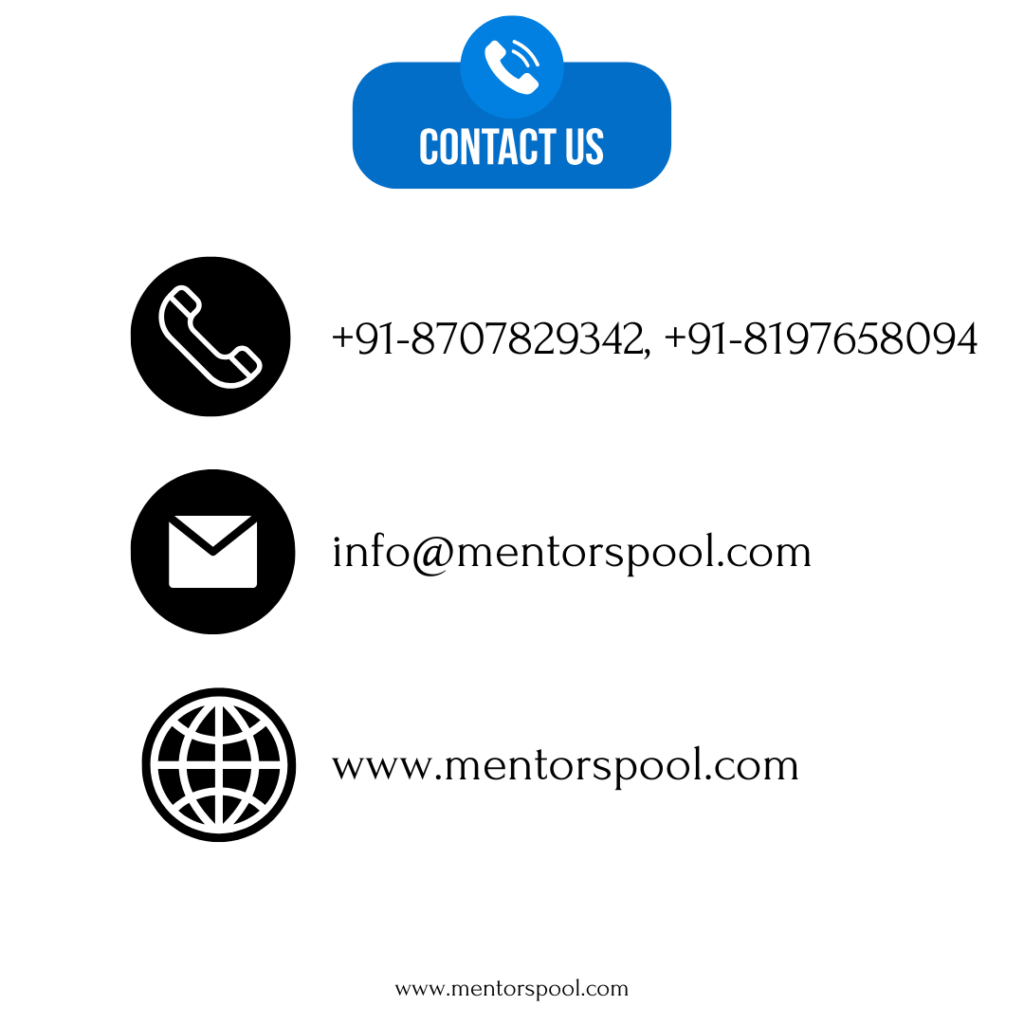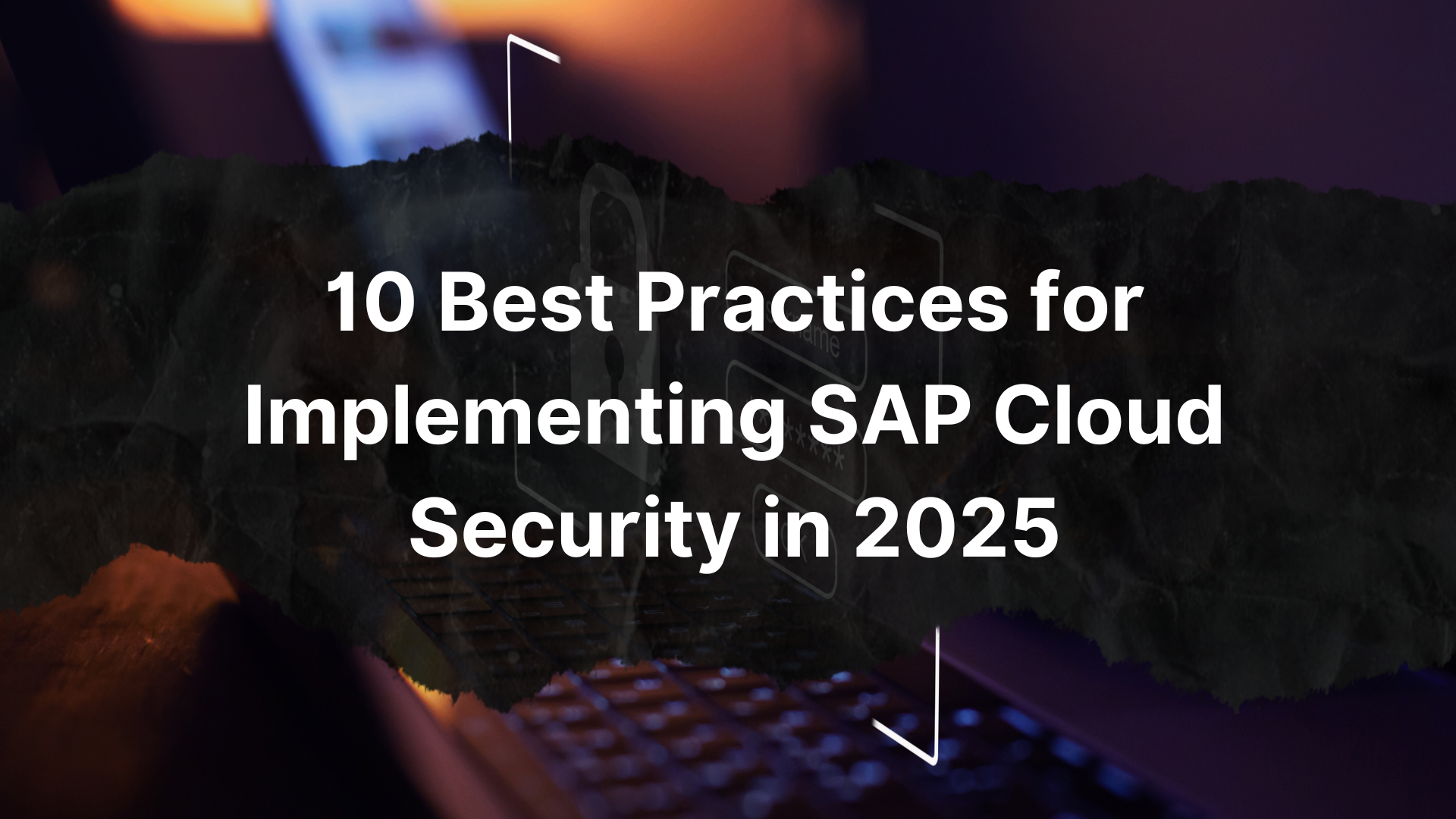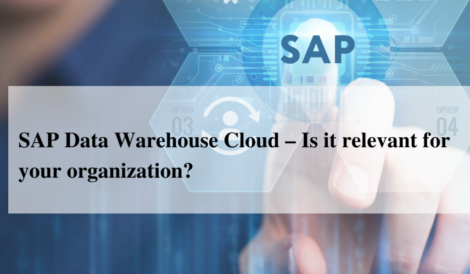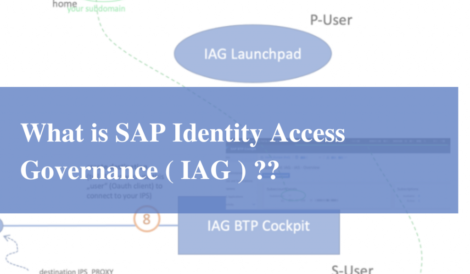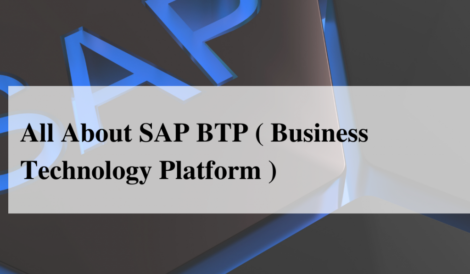10 Best Practices for Implementing SAP Cloud Security in 2025
As organizations accelerate their move to the cloud, SAP Cloud Security is no longer just a technical concern it’s a boardroom conversation. With evolving cyber threats, regulatory mandates, and multi-cloud complexities, businesses need more than just basic configurations. They need a cloud-first, security-always mindset.
If you’re a SAP Security Consultant, BTP Architect, GRC Lead, or someone implementing RISE with SAP, this guide is for you. Here are 10 best practices to help you stay ahead in 2025:
1. Adopt a Zero Trust Security Model
Gone are the days of “trust but verify.” In 2025, it’s “never trust, always verify.”
- Apply least privilege principles across SAP BTP services
- Enforce strong authentication for all users and APIs
2. Leverage SAP Identity Authentication Service (IAS)
Centralized identity management is a must.
- Use IAS for secure single sign-on (SSO) and MFA
- Integrate with Azure AD, Okta, or your corporate IdP
3. Configure Roles and Authorizations Wisely
Access control can make or break your security model.
- Regularly review roles across SAP BTP, S/4HANA Cloud, and SAC
- Avoid “.” authorizations (yes, it’s still happening!)
4. Automate Security Monitoring and Auditing
Manual audits won’t cut it anymore.
- Implement SAP Cloud ALM, BTP Audit Logs, and SIEM integrations
- Enable real-time alerts for sensitive changes or data exports
5. Keep Up with SAP’s Security Patches & Updates
- Subscribe to SAP Security Patch Day
- Monitor SAP HotNews and OSS Notes regularly
6. Secure Connectivity with Cloud Connectors
Your cloud-to-on-prem bridge needs to be fortified.
- Use SAP Cloud Connector with IP whitelisting and strict firewall rules
- Monitor outbound traffic and restrict unnecessary services
7. Embrace DevSecOps for Extensions
Security needs to be embedded not added later.
- Scan BTP-based CAP and RAP applications for code vulnerabilities
- Use CI/CD pipelines with integrated security checks
8. Secure Data in SAP Datasphere & Analytics
- Apply data masking, row-level security, and encryption at rest
- Audit who is exporting what from SAC dashboards
9. Manage Privileged Access with Care
- Use Emergency Access Management (EAM) tools like SAP GRC or CyberArk
- Limit admin roles and monitor their activity closely
10. Educate and Involve Business Stakeholders
Security isn’t just an IT game.
- Run user awareness sessions
- Build governance frameworks with stakeholders from HR, Finance, and Audit
Conclusion
In 2025, SAP Cloud Security isn’t optional it’s foundational. Whether you’re navigating complex compliance landscapes, enabling secure hybrid landscapes, or managing identities across systems, these best practices will help you stay proactive, not reactive.
Want to dive deeper into SAP Identity & Access Governance (IAG)? Learn how to master cloud-based access control, compliance automation, and risk mitigation from the ground up
Visit Us on – https://mentorspool.com/courses/sap-iag-identity-access-governance-training/
